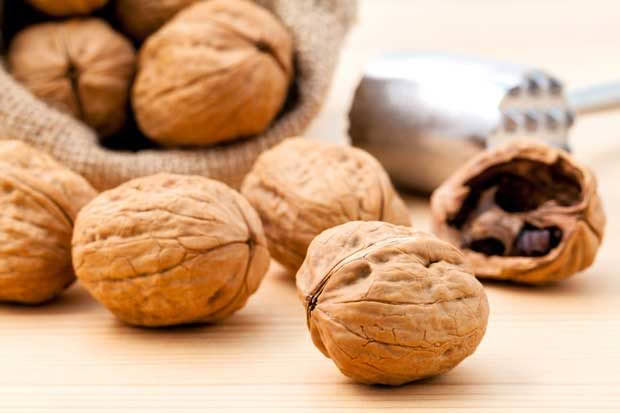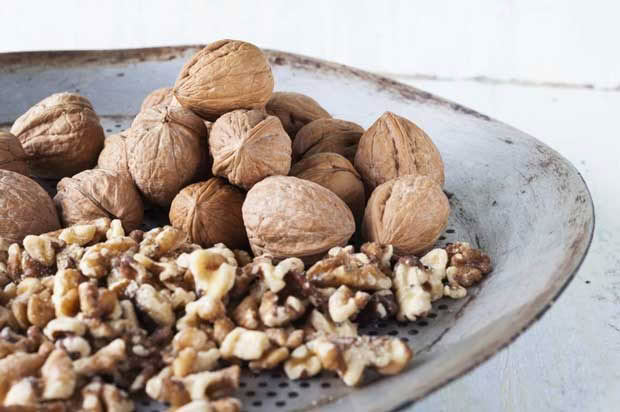10 things to know about growing walnuts for profit

The fabulous walnut is a tasty treat for the home orchard owner, or a potential future crop with New Zealand’s climate meaning we can produce high quality nuts.
Words: Nadene Hall
1. If you’re planting trees from scratch, they won’t be producing at economic levels until about Year 8.
2. The NZ Walnut Industry Group reports growers with 10 year old trees producing an average of 5-10kg (depending on cultivar, area and care).
3. Walnuts like a dry climate, with a high summer temperature and winter chilling (down to -10ºC). Late spring frosts can be a problem for some cultivars. Walnuts will grow in humid areas but there is more risk of disease.
4. The most successful growing areas tend to be on the east coast of both islands. Importantly, walnuts need protection from the wind and to grow in a free-draining soil (down to 2m), as is access to irrigation, especially relevant if you are in an east coast area (which will tend to be drier, and is forecast to get more dry in the years to come). Preferably, soil should be fertile and have a moderately high pH.
5. Walnuts are self-pollinating but the more trees you have, the better the pollination rate.
6. The main diseases to affect walnuts are phytophthora (root rot), usually due to walnuts being planted in soils that are too wet, and walnut blight, which is more common in areas with high humidity.
7. Puriri moths and hares can ring-bark trees, leaves are palatable to livestock and possums.
8. There are two varieties of walnut – Juglans nigra (Black walnut) for timber, and Juglans regia (English walnut) used for nut production. The following are varieties to consider:
Common Walnut (non-grafted) – the original sweet walnut.
Wilson’s Wonder – large, easy-to-crack walnuts, can also be picked green for liquer or pickling.
Vina – small tree, heavy cropper, does well in very hot conditions, tasty nut
Other varieties: “Franquette”, “Hartley”
9. The NZ Tree Crops Association started trials back in the 1980s, coming up with four, high-performing walnut cultivars suited to commercial growing:
Rex (or C/152) – small tree, medium-late flowering that does well in orchard situations, more resistant to blight, high proportion of polyunsaturated and monounsaturated fatty acids in the nut.
Meyric (or H/1199/4) – high cropping, easy to open, good colour and taste, good all-round nut.
Stan (or B1300) – small to medium nut, high “crackout” percentage (46%), popular processing nut.
Dublin’s Glory (or C/143) – high early yields, falls free of husks in short space of time for easier harvest, good storage values.
10. Grafted trees of Rex and Meyric are the basis of the walnut industry in New Zealand. Since the 1980s, more trials have been established and NZ WIG hope this will result in a wider range of options for walnut growers in future, including ones suited for North Island conditions.

WHERE TO FIND MORE INFORMATION
NZ Walnut Industry Group (NZ WIG)
NZ WIG have an excellent guide for beginners – cClick on ‘Growers Manual’ in the main menu for more information
www.walnuts.org.nz
A Cracker of a Nut
This company purchases walnuts in-the-shell from properties throughout New Zealand. Walnuts are then stored, cracked and separated into a variety of sizes and grades for sale to the hospitality, manufacturing and retail sectors.
www.crackernut.co.nz
NZ Tree Crops Association
www.treecrops.org.nz
Love this story? Subscribe now!
 This article first appeared in NZ Lifestyle Block Magazine.
This article first appeared in NZ Lifestyle Block Magazine.
